Controls:
AG1 - Arm Speed brakes (requires gear down)
AG2-4 - Strobe/Landing/Cabin Lights
AG6 - Pushback
AG7 - Open front left Cargo Door(Requires not moving)
AG8 - Engines, Nav/Taxi/Beacon lights
Honorable Credits:
Thanks For FeiGe3 For The Help
And qazedcujmyhn For The MD-11
About Md - 11:
The McDonnell Douglas MD-11 is an American tri-jet wide-body airliner manufactured by American manufacturer McDonnell Douglas (MDC) and later by Boeing. Following DC-10 development studies, the MD-11 program was launched on December 30, 1986. Assembly of the first prototype began on March 9, 1988. Its maiden flight occurred on January 10, and it achieved FAA certification on November 8, 1990. The first delivery was to Finnair on December 7 and it entered service on December 20, 1990.
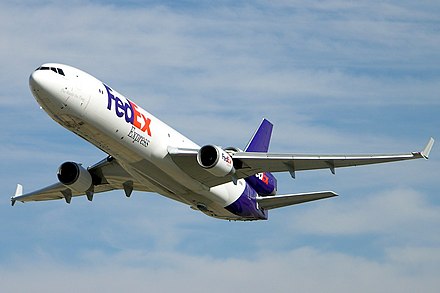
Image Of A MD-11F FedEx Express, Different From The N611FE MD-11F
It retains the basic trijet configuration of the DC-10 with updated GE CF6-80C2 or PW4000 turbofan engines. It has a slightly wider wing with winglets, and its MTOW was increased by 14% to 630,500 lb (286 t). Its fuselage is stretched by 11% to 202 ft (61.6 m) to accommodate 298 passengers in three classes over a range of up to 7,130 nmi (13,200 km). It features a glass cockpit that eliminates the need for a flight engineer. The MD-11 failed to meet its range and fuel burn targets. The last of 200 aircraft was built in October 2000 after Boeing merged with McDonnell Douglas in 1997. Some MD-11 freighters were built, but many more are converted MD-11 passenger aircraft, many of which are still in service with cargo airlines.
About FedEx Express:
FedEx Express is a major American cargo airline based in Memphis, Tennessee, United States. As of 2023, it is the world's largest cargo airline in terms of fleet size and freight tons flown. It is the namesake and leading subsidiary of FedEx Corporation, delivering freight and packages to more than 375 destinations over 220 countries across six continents each day. FedEx Express is also the world's largest express transportation company.

FedEx Express Airbus A300 N724FD at Cologne
Its headquarters are in Memphis with its global "SuperHub" located at Memphis International Airport. In the United States, FedEx Express has a national hub at Indianapolis International Airport. Regional hubs are located at Ted Stevens Anchorage International Airport, Fort Worth Alliance Airport, Piedmont Triad International Airport, Miami International Airport, Newark Liberty International Airport, Oakland International Airport and Ontario International Airport. International regional hubs are located at Cologne Bonn Airport, Dubai International Airport, Guangzhou Baiyun International Airport, Kempegowda International Airport, Liège Airport, Milan Malpensa Airport, Kansai International Airport, Charles de Gaulle Airport, Incheon International Airport, Shanghai Pudong International Airport, Singapore Changi Airport and Toronto Pearson International Airport. There are a total of 13 air hubs in the company's worldwide network. The company slogan is "The World On Time".
About FedEx Express Flight 14:
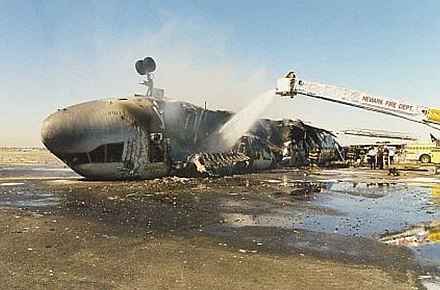
Image Of FedEx Express Flight 14 After The Plane Crash.
FedEx Express Flight 14 was a scheduled cargo flight from Singapore to Newark, New Jersey, via Malaysia, Taiwan, and Alaska. On July 31, 1997, the aircraft flying this route crashed during landing on its final segment at Newark International Airport (EWR), inverting and catching fire, injuring all five people on board
Summary:
Flight 14 crashed while landing on runway 22R at Newark Airport on July 31, 1997. The flight originated in Singapore with intermediate stops in Penang, Malaysia, followed by Taipei, Taiwan, and then Anchorage, Alaska. In addition to the Captain and First Officer there were three passengers on board, including one riding in the jump seat.
During the flight, the pilots were concerned that they would have little stopping distance after landing, and the captain said that he wanted to put the aircraft down early on the runway. The aircraft had departed with one thrust reverser (on the left engine) inoperative, and the pilots knew of incidents in the aircraft's maintenance log where the auto-brakes had failed to activate during landings. They had also misinterpreted the runway data, and so believed they had less stopping distance than was actually available.
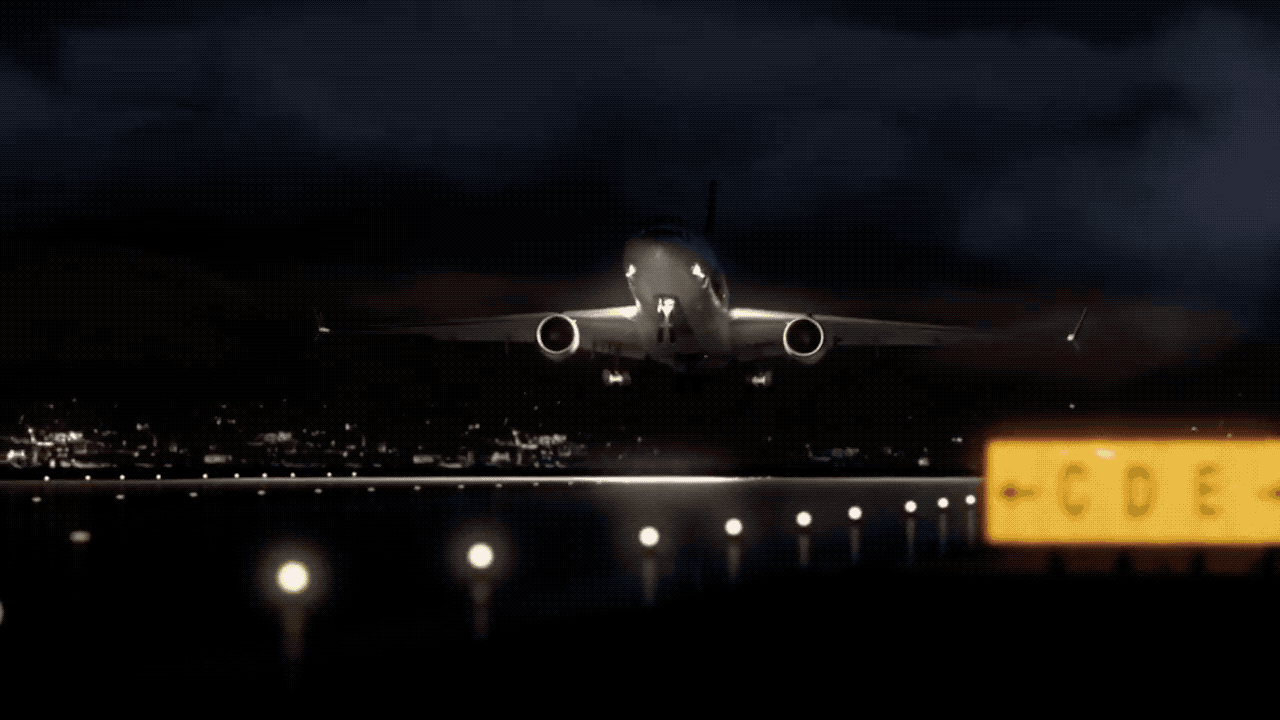
The landing was normal until the beginning of the flare phase. The MD-11 touched down, bounced, and rolled to the right. On the second touchdown, about 1,100 feet (340 m) later, the right gear snapped and the No. 3 engine (right wing engine) contacted the runway, with the right roll continuing until the right wing spars broke. The aircraft came to rest off the right side of the runway, on its back, and on fire. All five occupants escaped through a cockpit window. The airplane was destroyed by fire.
Aircraft And Crew:

N611FE, the aircraft involved in the accident, 11 months before the crash
The aircraft, named Joshua by FedEx, construction number 48603 and line number 553, was a McDonnell Douglas MD-11F freight model, powered by three General Electric CF6-80C2D1F engines. Registered in the United States as N611FE, the aircraft was delivered new to FedEx in September 1993. Prior to the crash, the aircraft had a total of 13,034 flight hours and 2,950 flight cycles (a flight cycle is defined as a takeoff and landing), and had been involved in two prior incidents. In January 1994, when it sustained underbelly damage during a bounced landing at Memphis International Airport. Then in November 1994, the aircraft was involved in a tailstrike at Anchorage International Airport. Permanent repairs were made from the Anchorage incident within days of the tailstrike, and permanent repairs to the Memphis incident were made at the next C check in August 1995.
The captain was 46-year-old Robert M. Freeman who joined FedEx in 1988 when it bought Flying Tiger Line, which he had previously worked for since 1978. Freeman had logged a total of 11,000 flight hours, including 1,253 hours on the MD-11. The first officer was 39-year-old Donald E. Goodin, who had been with FedEx since 1994, having served as a former U.S. Air Force pilot from 1977 to 1994 and had 3,703 flight hours, though only 592 of them were with FedEx. Goodin only had 92 hours on the MD-11.
Investigation by the NTSB:
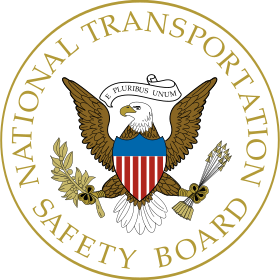
NTSB Logo
The National Transportation Safety Board (NTSB) conducted a full investigation of the accident and concluded that the probable cause was the captain's over-control of the aircraft during the landing and his failure to go around after a destabilized flare. Beginning about 17 feet (5.2 m) above the runway, the captain had let the nose lower, probably to achieve an earlier touchdown, then raised it and increased thrust to slow the plane's descent, then pushed the nose down again (around the time of the first touchdown) to try to keep the plane on the runway. These last control inputs were "too late and too large" to stabilize the landing, and the plane's high sink rate and rightward roll compressed the right landing gear strut at the second touchdown, which broke the right wing rear spar and ruptured the right fuel tank.
NTSB safety recommendation:
As a result of its investigation of this accident, the NTSB made new recommendations based on their findings and conclusions to improve the safety of operations of the MD-11 type aircraft including that the FAA develop new pilot training tools to "include information about factors that can contribute to structural failures involving the landing gear, wings, and fuselage, such as design sink rate limits; roll angle limits; control inputs' roll rate; pitch rate; single-gear landings; the effect of decreased lift; and structural loading consequences of bottoming landing gear struts and tires; provide a syllabus for simulator training on the execution of stabilized approaches to the landing flare, the identification of unstabilized landing flares, and recovery from these situations, including proper high sink rate recovery techniques during flare to landing, techniques for avoiding and recovering from overcontrol in pitch before touchdown, and techniques for avoiding overcontrol and premature derotation during a bounced landing; and to promote an orientation toward a proactive go-around.
Aftermath:
For his role in the accident, Captain Freeman was fired from FedEx on October 30, 2000. However, the FedEx pilot union criticized the decision and announced that they would appeal it, citing that the crash was caused by aircraft design flaws.
Flight number:
FedEx Express continues to use Flight 14 as an active flight number today; the route has been modified to originate in Hong Kong, with the stop in Taipei before continuing on to Anchorage and Memphis as destination.
Specifications
Spotlights
- Brololxd 2.6 years ago
General Characteristics
- Predecessor MD-11 FedEx
- Successors 15 airplane(s) +98 bonus
- Created On Android
- Wingspan 168.1ft (51.2m)
- Length 205.7ft (62.7m)
- Height 59.0ft (18.0m)
- Empty Weight N/A
- Loaded Weight 132,638lbs (60,163kg)
Performance
- Power/Weight Ratio 0.609
- Horse Power/Weight Ratio 0.033
- Wing Loading 28.2lbs/ft2 (137.8kg/m2)
- Wing Area 4,700.5ft2 (436.7m2)
- Drag Points 10244
Parts
- Number of Parts 454
- Control Surfaces 9
- Performance Cost 3,063

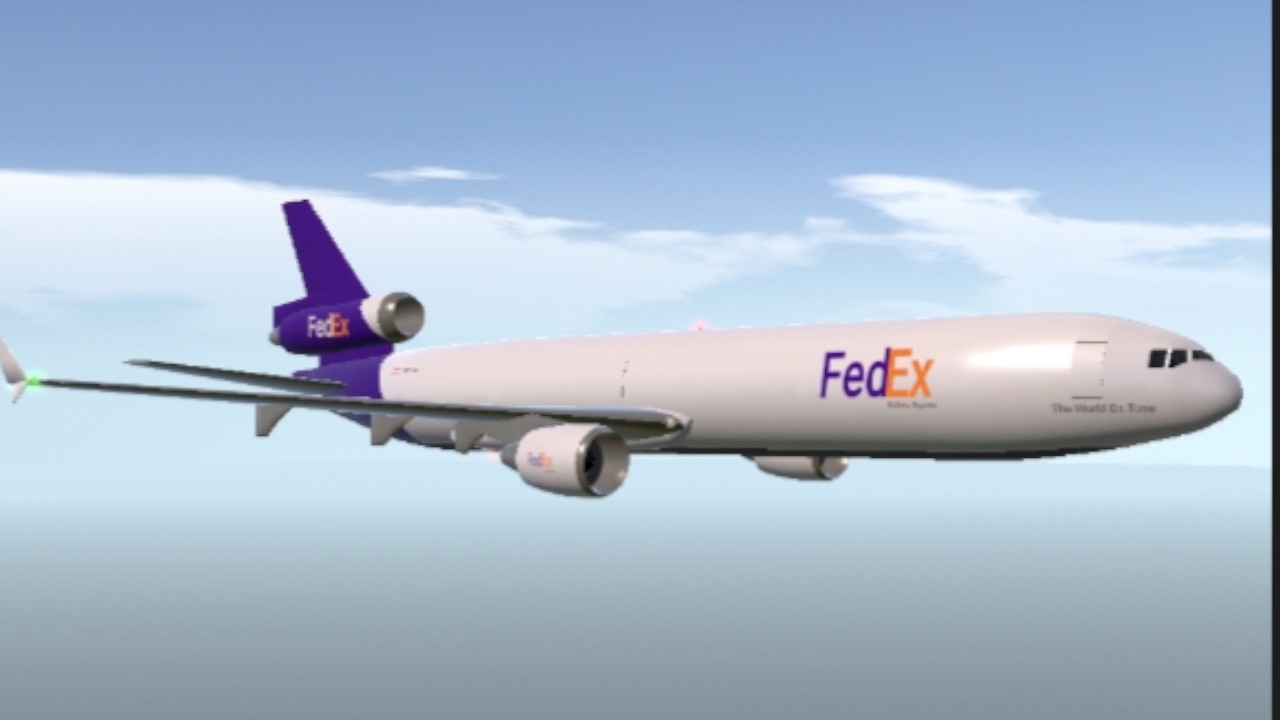

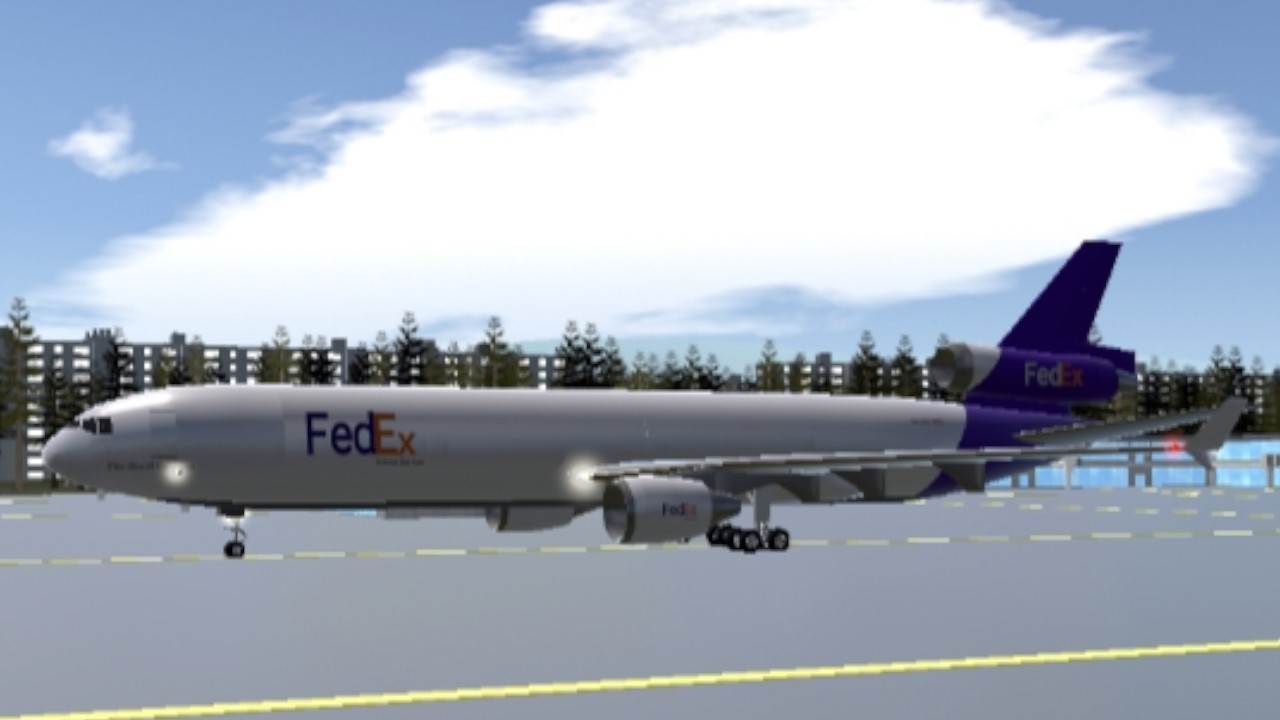
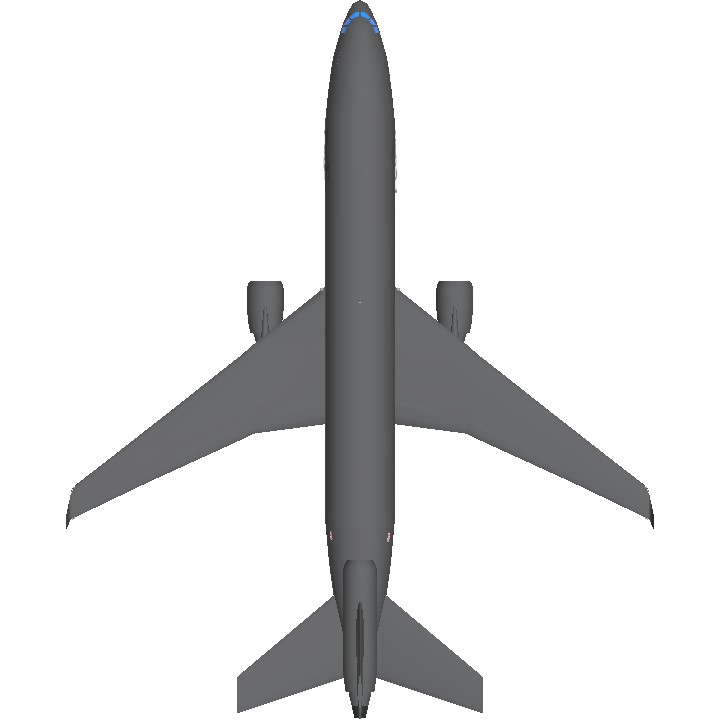
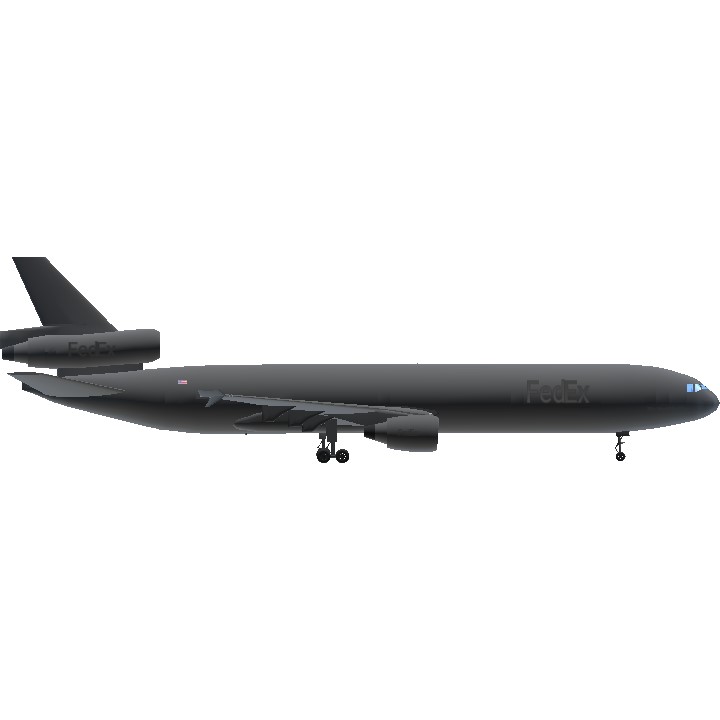
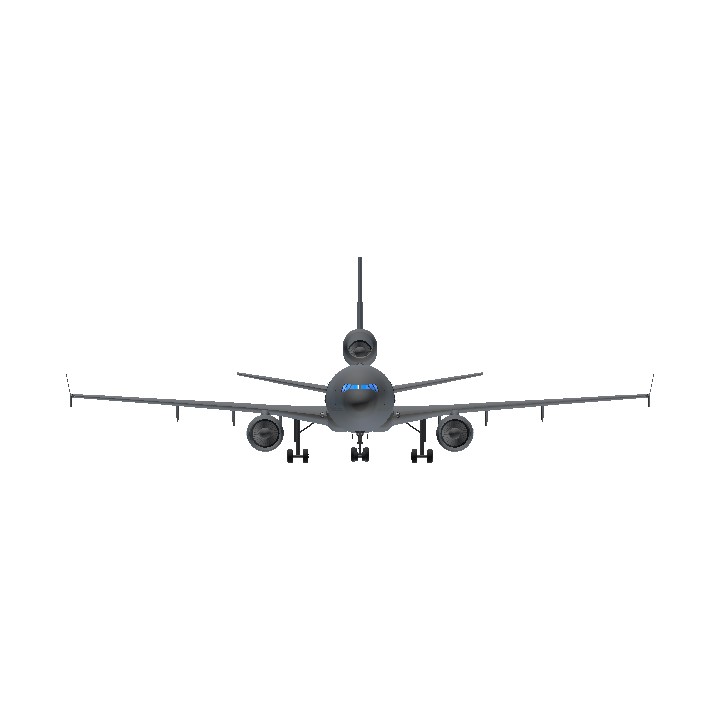
Kpop
I made a Gyrotic Cargo Version though It took 1 hour to Costumized it
@GRoblox dont blame me, blame the one who made the plane ¯_(ツ)_/¯
Bro Delete the propeller we only need jet engines
fedex flight 14
Nice fedex
FedExGuy Face Reveal!